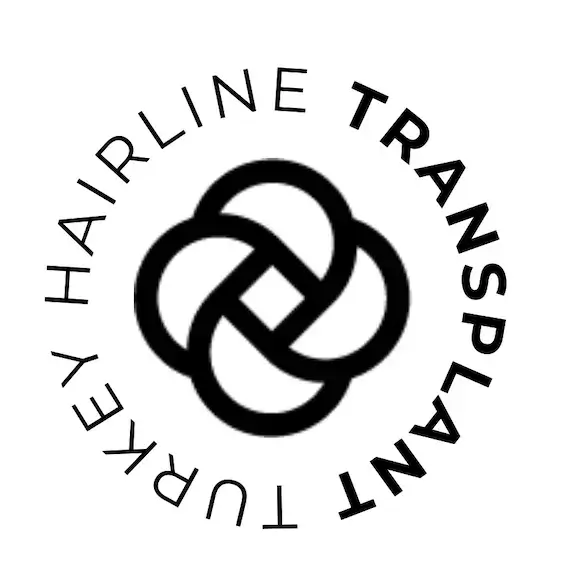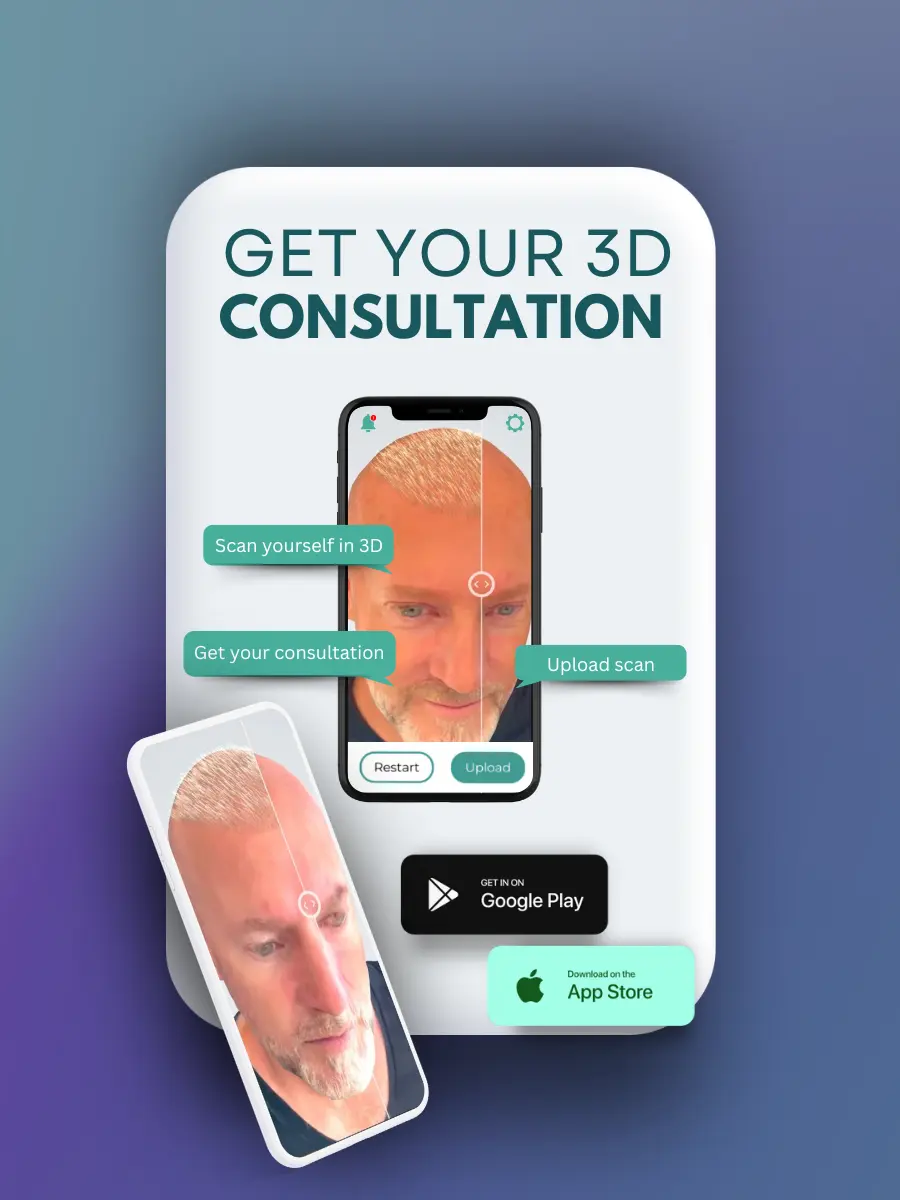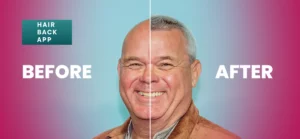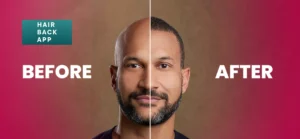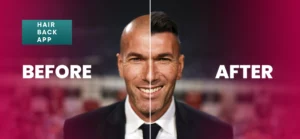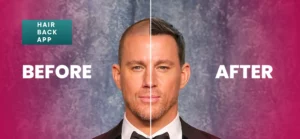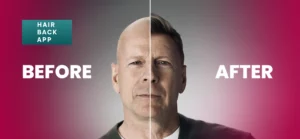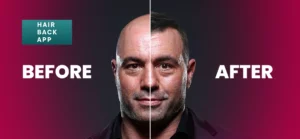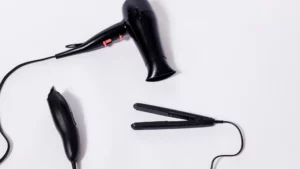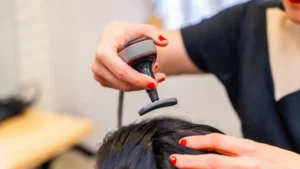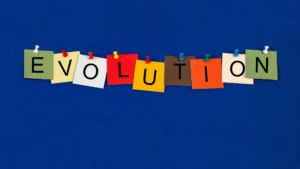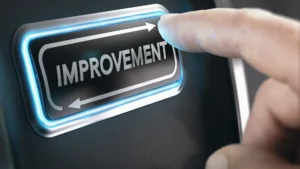In recent years, the popularity of beard transplants has soared as more men seek to achieve the rugged and well-groomed look that a full beard can provide. However, undergoing this type of facial hair transplant is a significant decision that comes with a crucial aspect: the beard transplant recovery process.
Just like any surgical procedure, proper post-operative care is essential for ensuring optimal results. In this article, we will delve into the details of beard transplant recovery, what to expect, and how to ensure a smooth healing process.
Understanding Beard Transplant Surgery
A beard transplant is a minimally invasive surgical procedure that involves the transplantation of hair follicles from one part of the body (typically the back of the scalp) to the facial area where a thicker beard is desired. This procedure is typically recommended for individuals with sparse or uneven facial hair growth, thin beards, or areas with no facial hair at all. The procedure involves careful extraction and placement of hair follicles, requiring both technical expertise and an understanding of aesthetic principles.
Immediate Post-Operative Period
Following the beard transplant surgery, the immediate post-operative period is crucial for setting the stage for successful healing. Here’s what you can expect during the initial days after the procedure:
- Swelling and Redness: It’s common to experience some degree of swelling and redness in the transplanted area as well as the donor area. This is a natural response to the surgery and usually subsides within a week or two.
- Discomfort or Mild Pain: Pain and discomfort are generally mild and can be managed with over-the-counter pain relievers prescribed by your surgeon.
- Crusting: Tiny scabs or crusts may form around the transplanted hair follicles. It’s important not to pick or scratch these, as it can damage the grafts and impede healing.
- Avoiding Physical Activity: Strenuous activities, heavy lifting, and exercises that lead to sweating should be avoided for at least a week after the procedure to prevent dislodging grafts or causing complications.
- Sleeping Position: Sleeping with your head elevated during the first few nights after the surgery can help minimize swelling.
The Beard Transplant Recovery Process
The majority of the recovery process occurs within the first two to three weeks post-surgery. During this time, the transplanted hair will enter a resting phase before gradually shedding. This is a normal part of the process and shouldn’t be a cause for concern. New hair growth typically begins around the third month after the procedure, and you can expect to see noticeable results around six to nine months after the surgery.
Caring for the Transplanted Area
To ensure a successful recovery and the best possible longevity of hair follicles you should follow the guidelines given by your surgeon. As a rule of thumb the guidelines include:
- Gentle Cleansing: Your surgeon will provide instructions on how to clean the transplanted area. Gentle cleansing with a mild shampoo is typically recommended to prevent infection and promote healing for an optimal beard transplant recovery.
- Avoid Sun Exposure: Protect the transplanted area from direct sun exposure for the first few months. Sunscreen can be applied after the initial healing period.
- Avoid Alcohol and Smoking: Both alcohol consumption and smoking can negatively impact the healing process. It’s advisable to avoid these substances during the recovery period.
- Healthy Diet: A well-balanced diet rich in vitamins and minerals supports overall healing and hair growth. Consult your surgeon for any specific dietary recommendations.
- Patience: Beard transplant results take time. Be patient and understand that the initial shedding of transplanted hair is a normal part of the process.
In conclusion, beard transplant recovery is a gradual process that requires patience and adherence to post-operative care instructions. By following these guidelines, you can help ensure a smooth healing process and achieve the full, well-groomed beard you desire. Always consult with a qualified and experienced surgeon to discuss your goals, expectations, and any concerns you may have before undergoing a beard transplant procedure.
